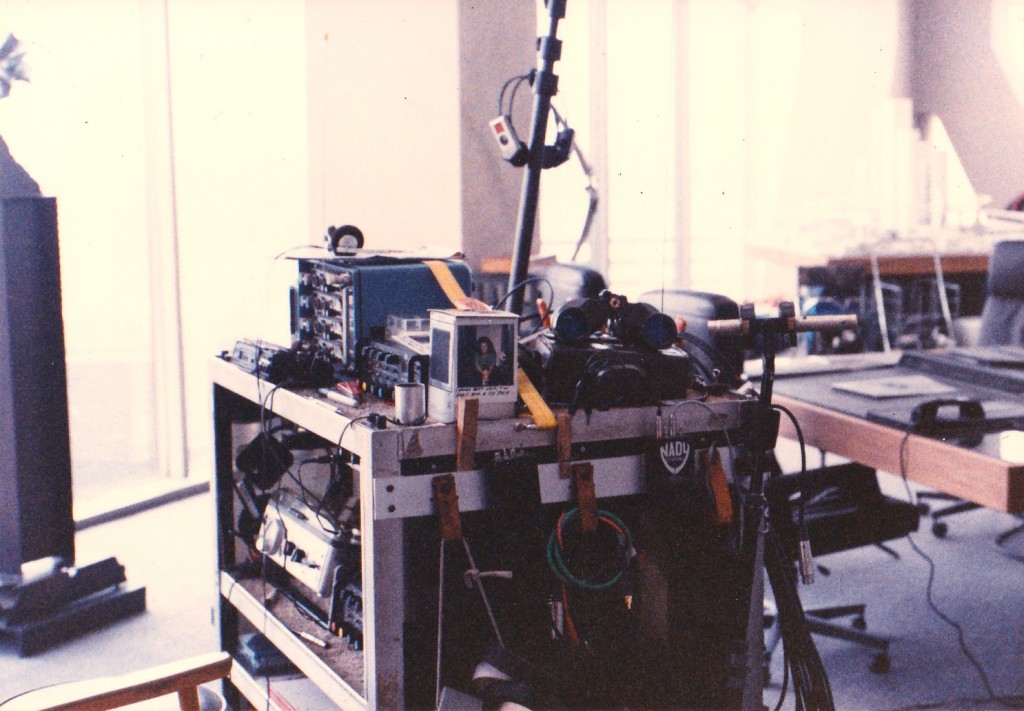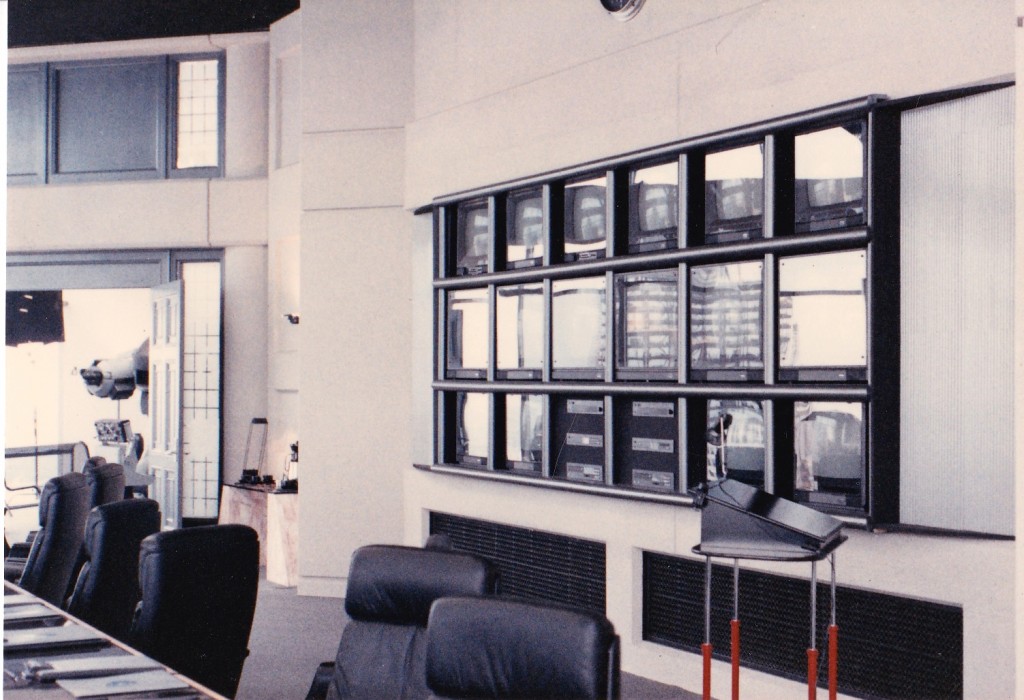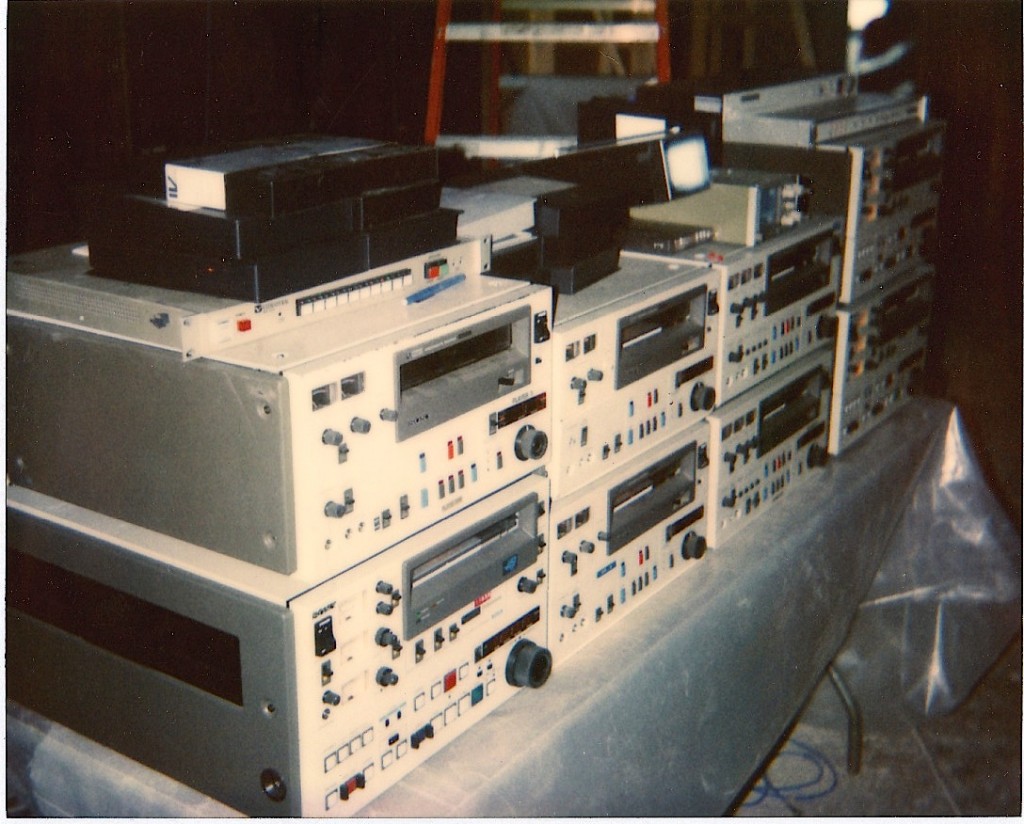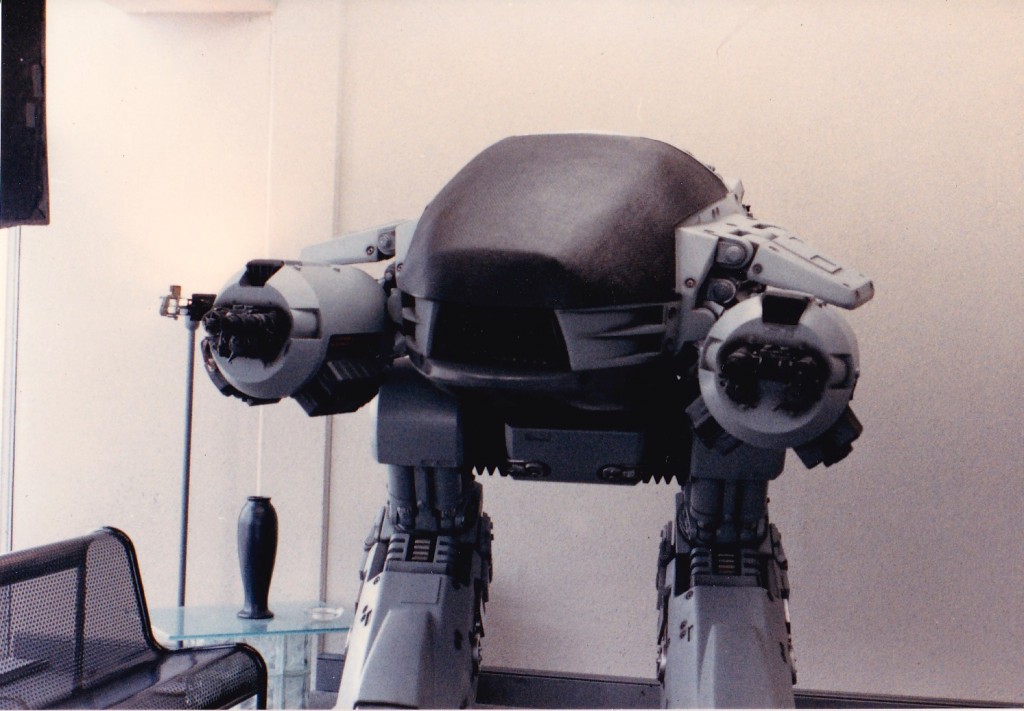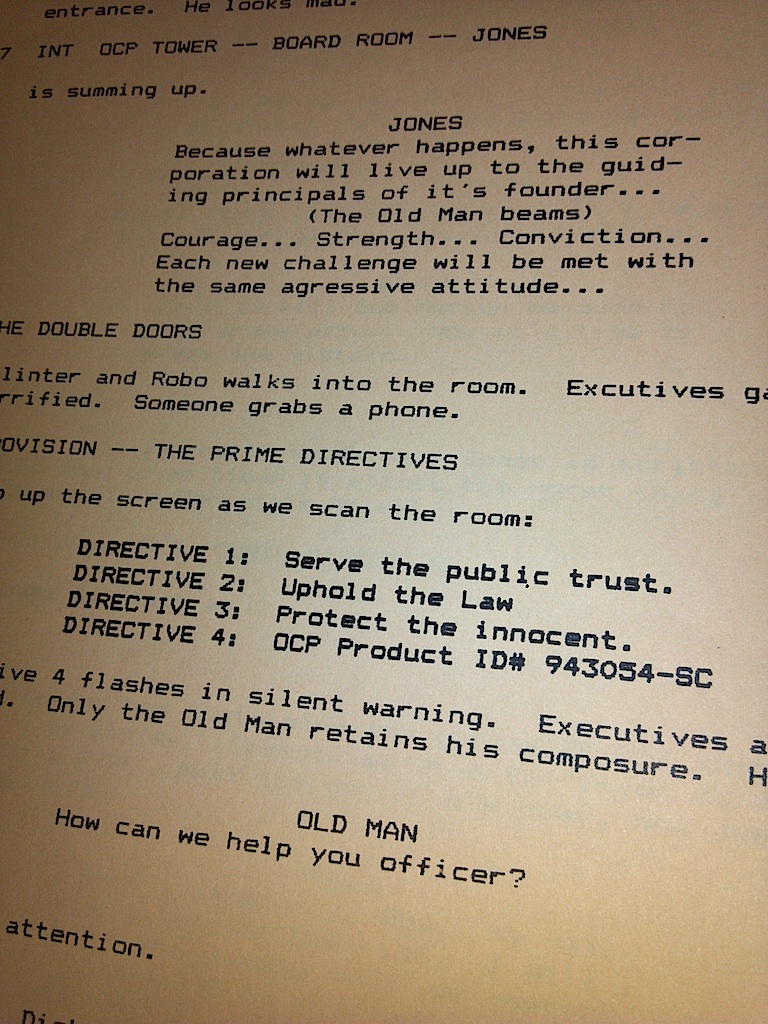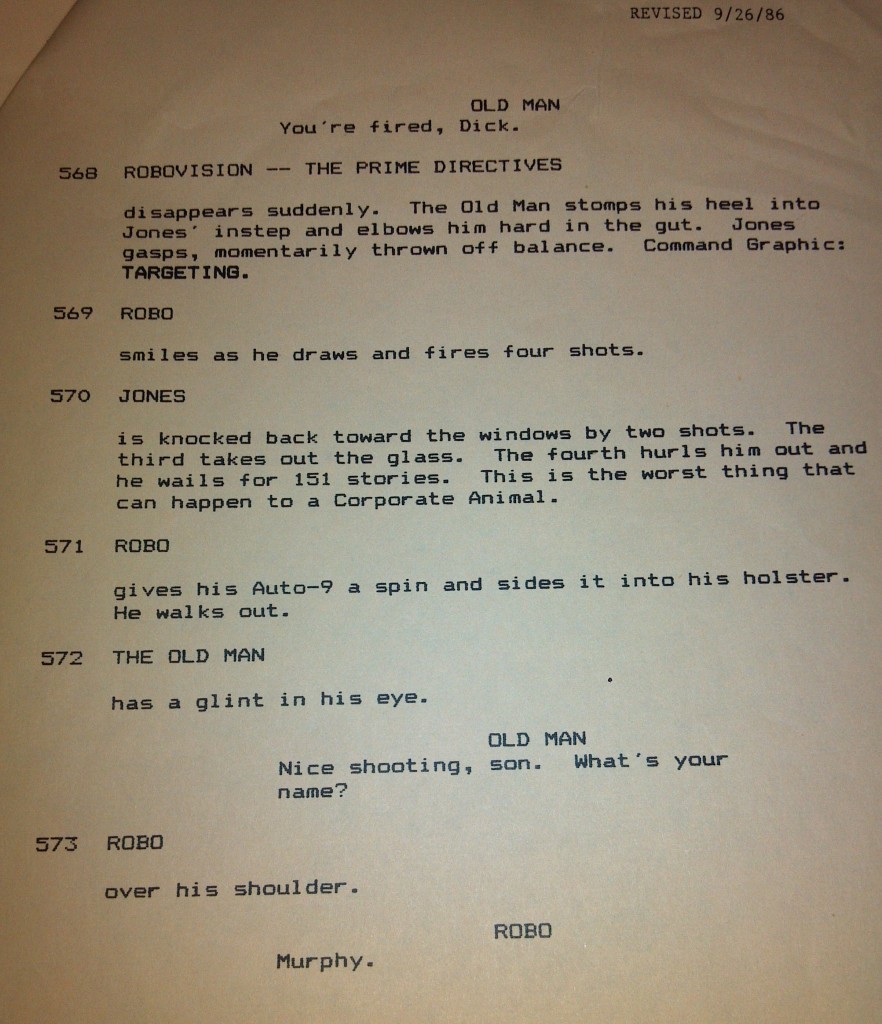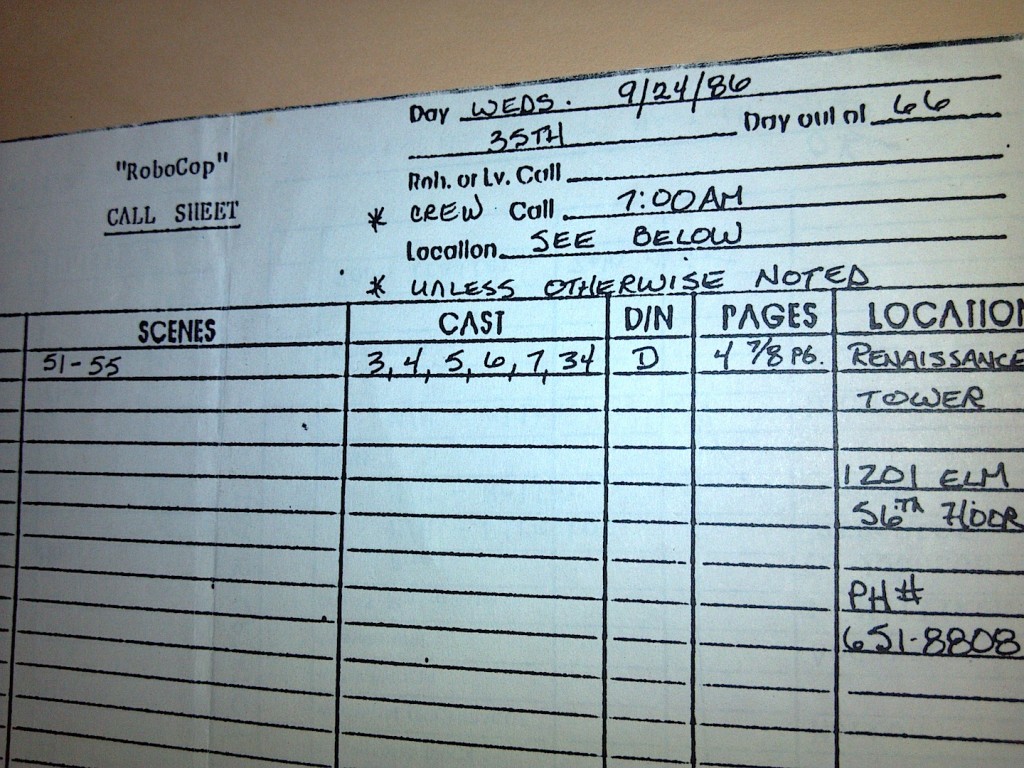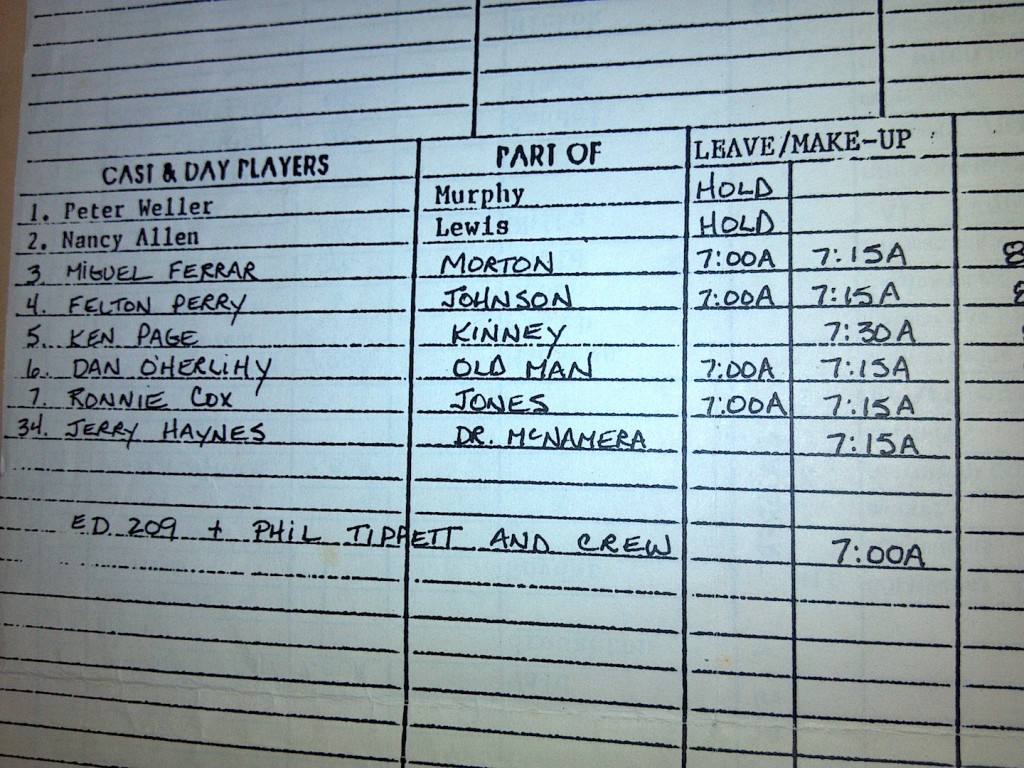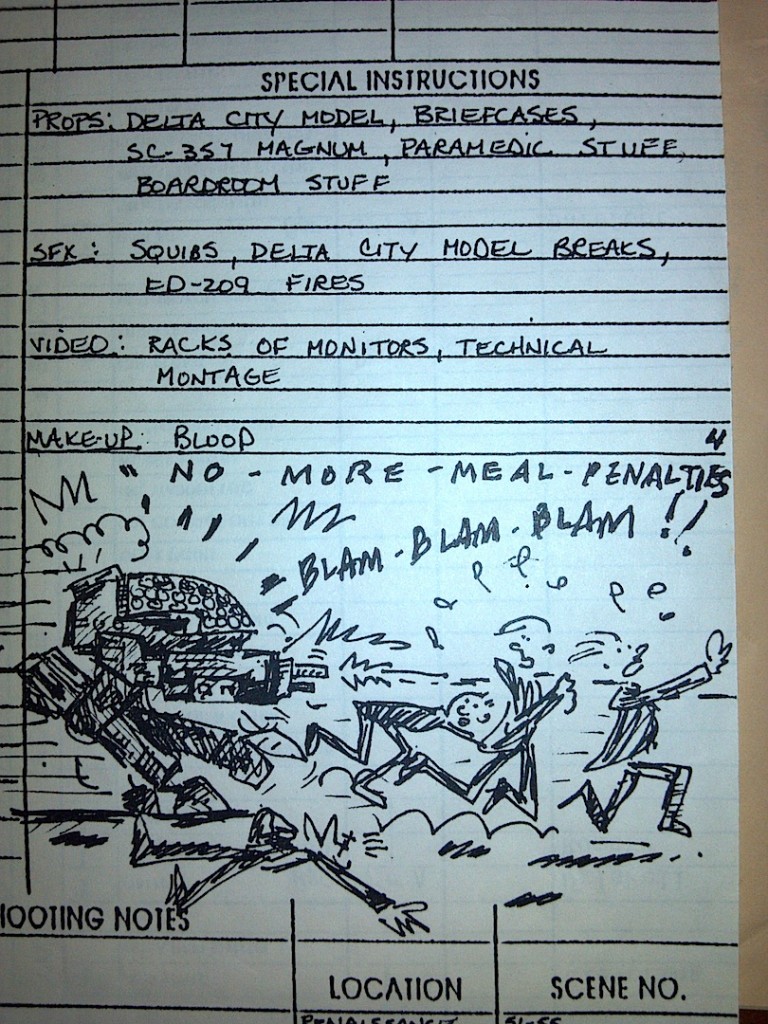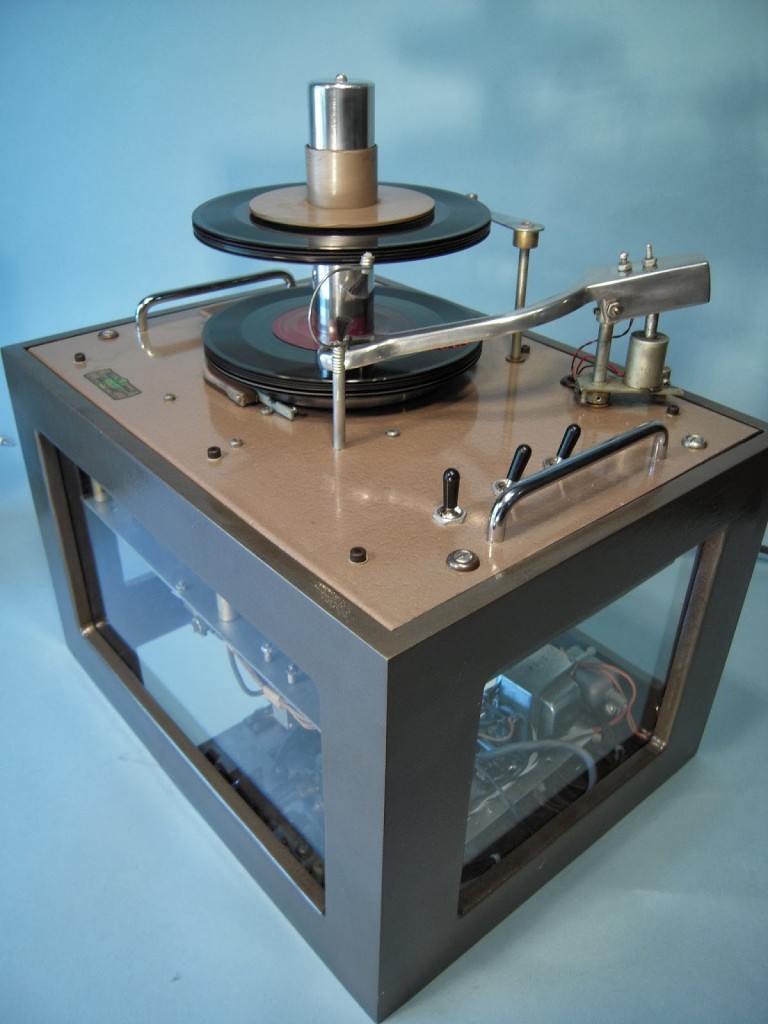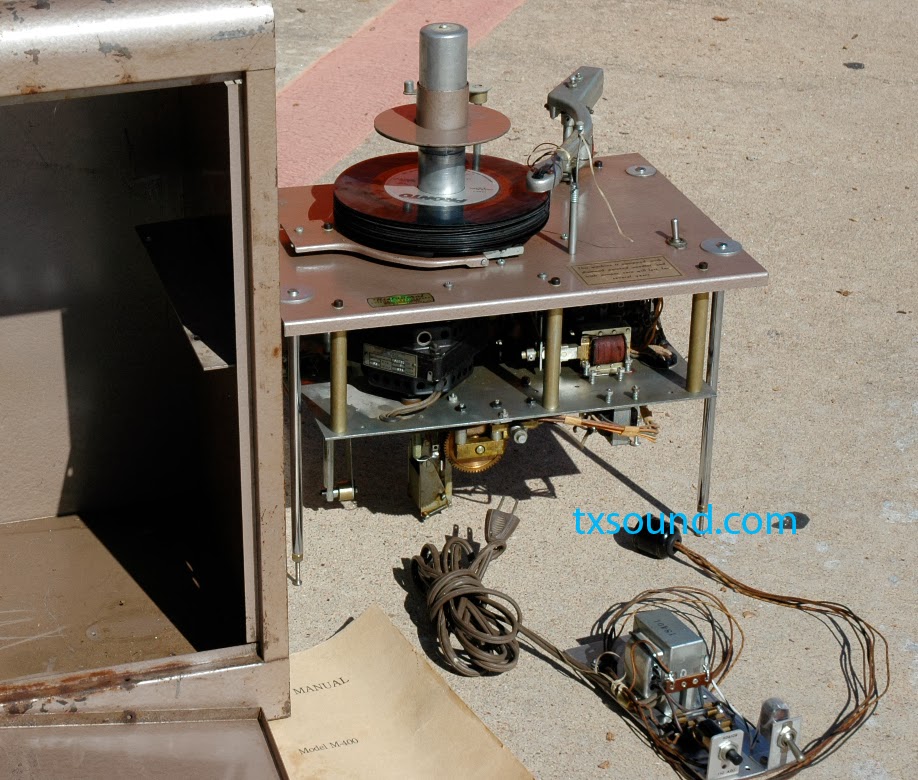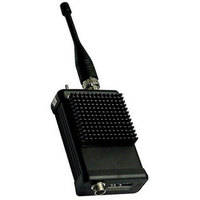
The GX-68 Swamping Video Transmitter from Canada.
Imagine yourself listening to your favorite music on an Ipod with some really nice headphones. Maybe those Bose Quiet-Comfort 15’s, my fave on airplanes. They really sound great.
Now imagine you’re at a Skrillex show, 1st row, next to a massive stack of loudspeakers, while still listening to your Ipod with those great Bose headphones. What? Can’t hear your Ipod? You might say you’ve been swamped or more technically, de-sensed. Your headphone audio can’t compete with a Skrillex speaker stack. Bass, highs, no matter. Can’t hear a thing. No matter how great those headphones are, Skrillex’s speakers are overwhelming them.
Skrillex is swamping your headphones. The only remedy is physical distance between you and Skrillex.
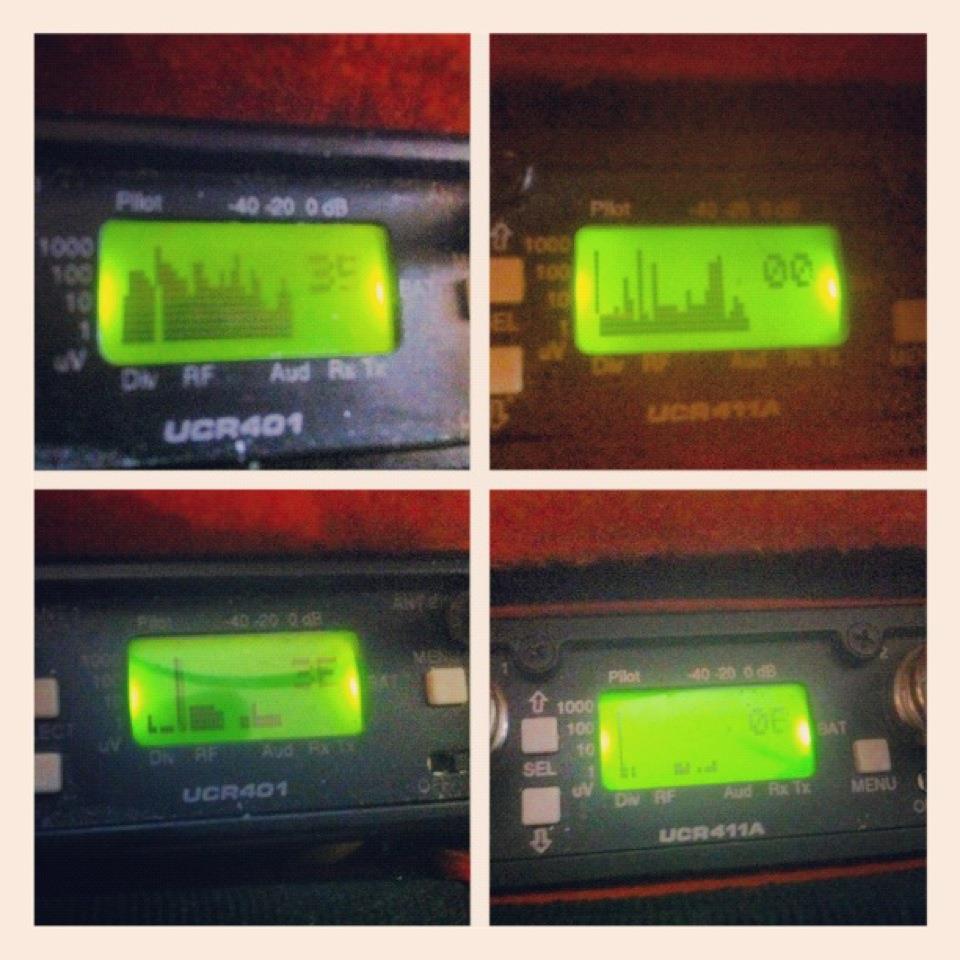
Various Lectro Scans…Top left- pretty swamped! Bottom right- wide open.
The whole hop affair requires robust, expensive wireless audio systems. But, like my Bose headphones, my fine audio receivers had to share 1st row with the blazing Skrillex video flamethrower, and were de-sensing as a result of the powerful RF eminating from said blowtorch. The receivers have a frequency scan function (Lectrosonics UCR411a), and it was showing complete RF obliteration with the video transmitter switched on. A solid black block, floor to ceiling. When a powerful RF transmitter comes shoulder-to-shoulder with an RF receiver, de-sensing happens. The trans RF overwhelms the circuitry in the receiver, regardless of frequency selected. The only cure is distance.
Move the transmitter 3 or 4 feet away, and everything’s OK! But the only place for the video transmitter and my receivers to live were on the side of the camera. So who’s problem is this? Why mine, of course! Camera and director could not work without the little wireless video system.
No problem, the director says! We’ll just go “hard wire” from sound to camera for the entire week. Dark storm clouds formed over my head, images of water skiing behind camera, with an audio-cable tow rope, inside a wrecked-out house. Outside of interviews and other “tame” shoots, the last time I went hard-wire to camera was probably sometime in 1998.
Cameraman: Works great at home, he says. You can take the camera home tonight and “work it out.”
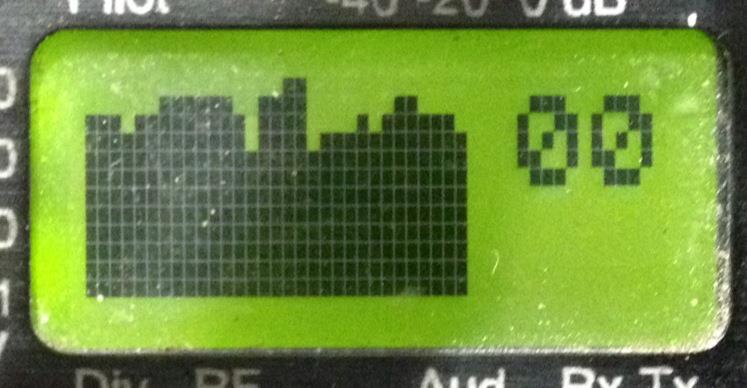
Another Swamped scan on a Lectro Receiver
So, my 1st day goes down with the cable tether, as the production was in 1st day freight-train mode, and no down time for a little audio troubleshooting. I trudge the camera home that evening to perform the “prep” that should have happened the day before the shoot. On the bench, I learn that the transmitter is tunable from 512 thru 800 mHz. From the internet I learn about the transmitter, specs & how to set the frequency, as camera dept. hadn’t a clue about their little black box. I try different combinations of transmitter and hop frequencies, looking for those that play well together. No go. The video transmitter swamps everything from Lectro Block 21 thru 26 and beyond, regardless of frequency setting.
I try some surgery on the video transmitter’s antenna, running a tightly looped wire around the antenna and soldering it to the BNC shell. This detuned the antenna to the point where it became a less effective radiator. However, this may make matters worse by raising the vSWR of the antenna, which may cause the transmitter case radiate RF, or even burn out the transmitter.
I finally mount the transmitter way forward on the camera, tucking the antenna under the viewfinder, and set it to 800 mHz (channel 69). I mount the audio receivers at the extreme rear of the camera, using Lectro block 21 (520 mHz). Doing a scan, this gets the swamping down to the 50% point on the scan display.
Using 100mw transmitter hops, I send audio to the camera and walk test it in the backyard. Amazingly, no dropouts or hits! The Lectro wireless are robust enough to deliver clean audio despite 50% RF interference levels on the receivers. This is using UCR411a Receivers. I’m not sure I could have accomplished the same feat with the less-robust Lectro UCR401 receivers, or SRa’s, which are the equivalent of 401’s. Looks like camera’s gonna have to lug around a little extra weight on the side!
Regardless, I keep a minimum distance from the camera throughout the week, to make sure those hops were solid. I also ran 24 bit backup audio files on everything. Camera dept. refused to do a free-run sync of timecode with my recorder, something to do with the antiquated notion that sequentially coded files digitize faster. No argument from me. If they need the backup, hello Plural Eyes.
Lessons learned! Good times! by Pete Verrando www.txsound.com
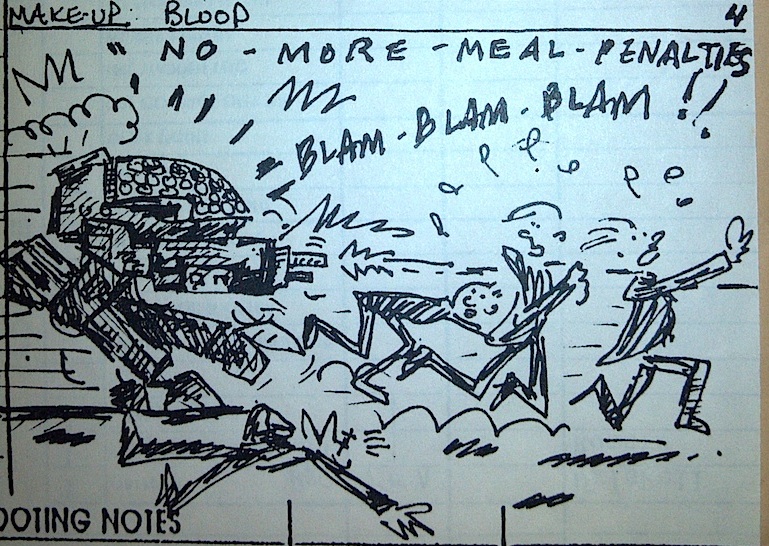 In 1986 I was a new freelancer in Dallas, TX, and was hired to assist with on-set video playback for Robocop. I had never been on a movie set prior to this, my experience limited to industrials, tabloid television and the like. This was a new world for me. I’ve recently came across a stash of items I had saved from those days- callsheets, photos, scripts, etc., so I thought I’d post a few here. I ended up providing this “24 frame video service” to about 40 motion pictures shot in Texas throughout the mid-80’s to mid-90’s. At the bottom of the article is my video demo reel from my playback days.
In 1986 I was a new freelancer in Dallas, TX, and was hired to assist with on-set video playback for Robocop. I had never been on a movie set prior to this, my experience limited to industrials, tabloid television and the like. This was a new world for me. I’ve recently came across a stash of items I had saved from those days- callsheets, photos, scripts, etc., so I thought I’d post a few here. I ended up providing this “24 frame video service” to about 40 motion pictures shot in Texas throughout the mid-80’s to mid-90’s. At the bottom of the article is my video demo reel from my playback days.